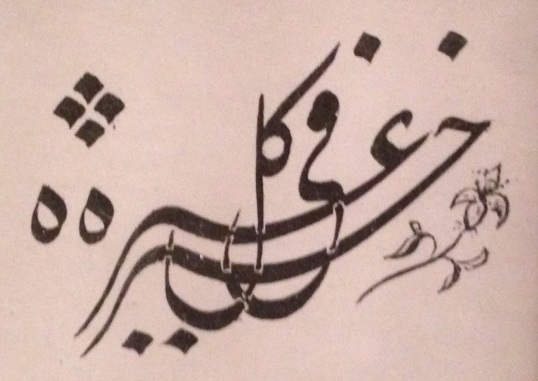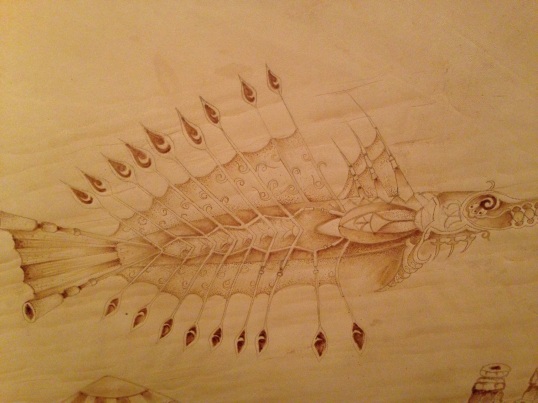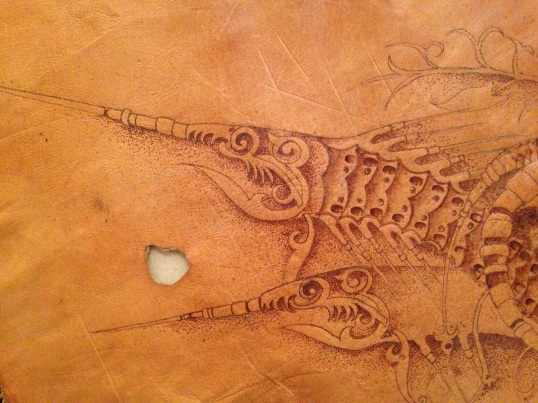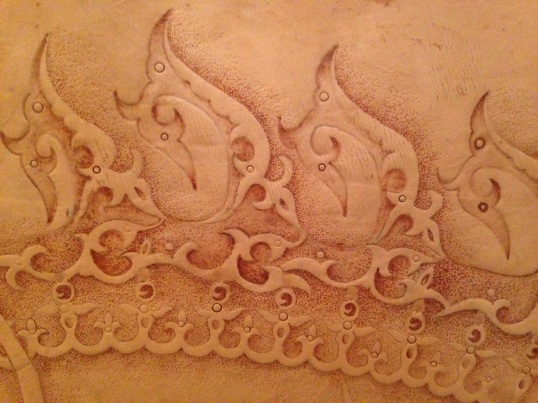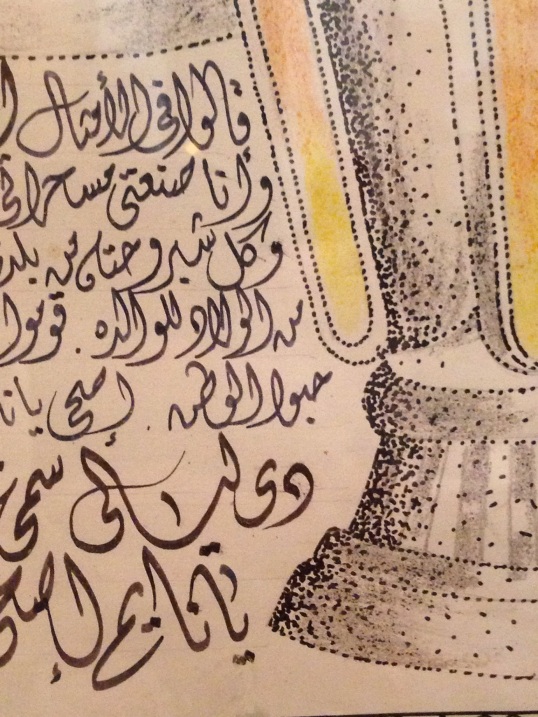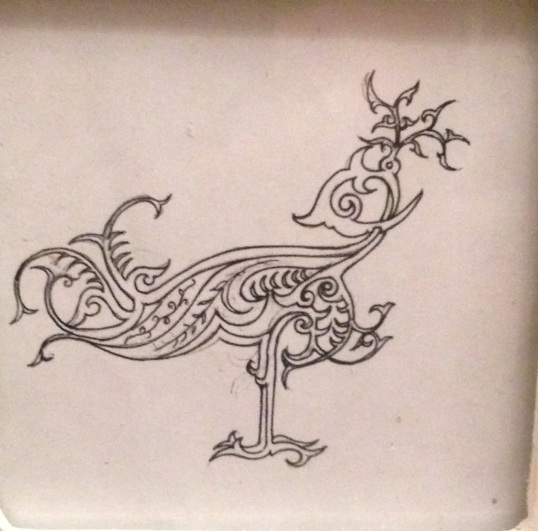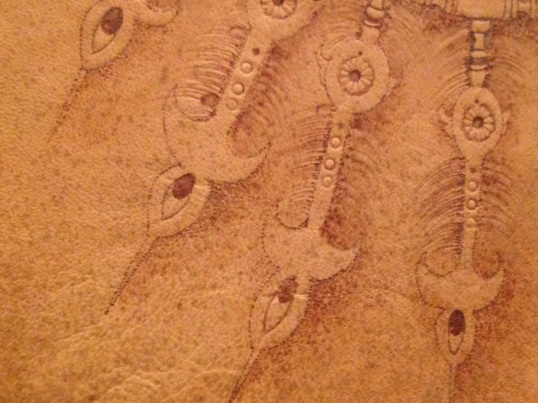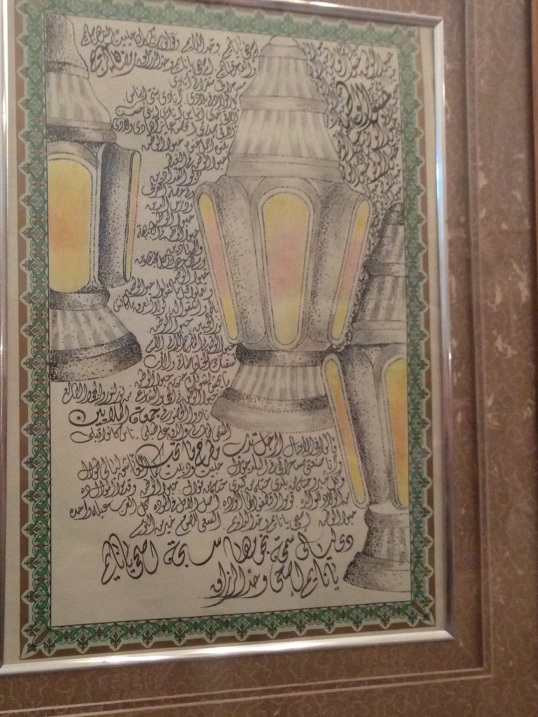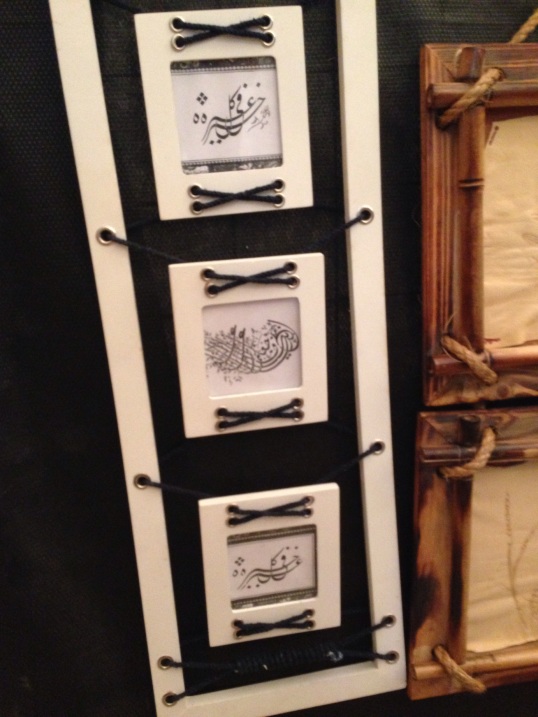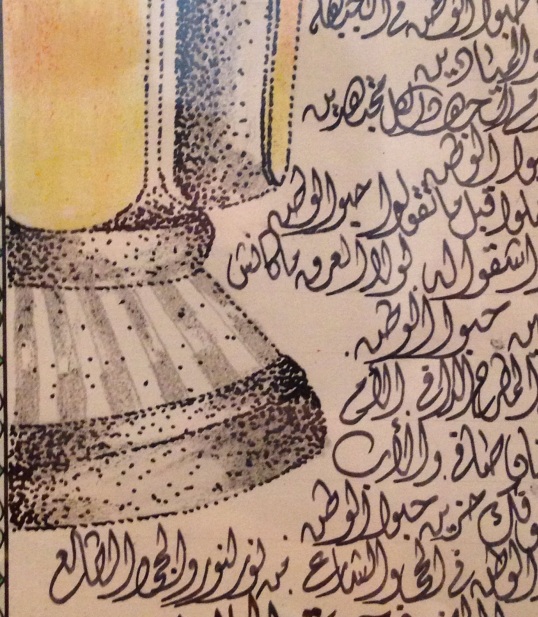I have a confession. Though I love traveling, I didn’t visit that many Arab countries, mainly it was a day in Syria (in a coastal city I don’t recall its name) and a day Beirut, that were part of a Mediterranean cruise I did in 1999 ! So when I made up my mind to take this trip I was particularly excited. First, to meet my family members who lived there, second, to broaden up my traveling list.

This whole trip started with a mere conversation with a friend of mine 5 years ago. We were talking about preserving knowledge, and how documenting family heritage is crucial to preserve our identity, and we talked about my own family history and its voyage from the Caucasus. This led to prolonged conversations with my father, and we draw some sketches of our family tree, and he helped me with some information on his grandfather who came to egypt in the late 19th century.
Then I dig in my grandfather’s papers, and found among the yellowed paper, some letters, when he used to correspond with his cousin (and closest friend). And through these letters, I was touched with the amount of brotherly bonds between them, and the extent of which they were on the same track of thoughts and general attitude, that it felt like having another grandfather, who grew up in Cairo, but decided to settle down in Amman.

Weeks go by, and this post helped me get in touch with some family members living in Egypt and some living in Jordan. And a year later, I met one of my relatives in the street of London by mere chance! We were in touch via mail and
phone, but as our schedules didn’t coincide, we didn’t have the chance to meet. But Destiny had another say, and she saw me on a random street in London and actually recognized me, cause I look like her Aunt!! My heart was pounding so
hard! It was a sign that this family connection is meant to be refurbished.
When I landed in Queen Rania airport, it took me a while to get to acquainted with the new Arab slang I was hearing. A friend of mine once told me that when he first landed in the US, he was shocked to find himself not understanding English for a couple of hours despite the long years of using it in Egypt! Where is the Babel fish when you need one??

Before leaving the airport, I was greeted with a huge billboard saying: tagawal ma3a shabaka amneya (walk around with a security network!). Okaaaay! So I was leaving Egypt behind with some instability, only to go to amman where they advertise on body guards companies in the airport! Then, I discovered that it was not “Amneya: security”, but “Omneya: wish”, the name of a mobile operator! So the phrase actually meant: Roam with Omneya’s network! sigh!
Needless to say, I enjoyed every single moment of my visit. it didn’t feel like it was the first time to meet these wonderful people. It felt more like we knew each other all along. I was very grateful for having all these loving aunts. Perhaps I was more so, because of my new motherhood feelings, which prompted me to re-establish “selat el ra7em”. I find the Arabic word much stronger, because at the end there is some common blood between me and them, and it all started with one woman, only 4 generations ago, who gave birth in a noble house somewhere on top of the cherkessk mountains.

————————–
The first thing that came to my mind when I was invited for lunch and asked what type of food I want, was -of course- the sharkasseya. For if I was invited by circassians, I definitely should taste their original version of the famous dish.
El Sharkasseya (or Chipsobasta) consists generally of 3 different parts: rice, chicken and walnut sauce. There are very few differences between the original and the one we make in Cairo. for instance, they sprinkle some chili sauce on top of it, we don’t. They mix rice with borghol, we use only rice but add a tinsy bit extra water. They use the whole chicken, we use only the breasts. We use bread for the sauce, they use flour.
I also tasted the circassian cheese, which is kinda similar to the low fat “gebna 2arish”, but with a bit more salt.
———–
As a sword enthusiast, I was gladly shown some circassian swords (called Qamah). It is said that every family should have at least one sword and one dagger, which makes sense looking at the tendency of circassian for learning how to fight.
the circassian sword is straight, and its thickness is average. In the ones I saw, the cover was silver , with some simple drawings. It looked practical, and not too heavy.
—–
Amman is a new capital, it was built in 1920’s, on the ruins of an old city called Philadelphia, which was on the road of commerce between the Arab penninsula and Syria. And bit by bit, it grew bigger and bigger along a number of squares (called دوار ) and several hills. These squares are numbered from 1 to 8, and are used extensively in giving directions. And as a general advice, try to visit both the eastern and the western neighborhoods of Amman to get a feeling of the City’s vibe.

In the Area of Jabbal Amman, off the first dowwar lies in the old parts of Amman, and close to it there is the famous Rainbow street, with a bunch of cafes, crafts shops,,, etc. Also, in the vicinity is the Roman Amphitheater, and the Citadel.
On Fridays, check out Souk Jara, it opens from 10 am to 10 pm, it has lots of booths showing traditional crafts, antiques, textiles,,, plus some food and drinks outlets. It has the same feeling of our El Korba festival, but much quieter.
———-

Amman itself won’t offer you lots of historical sightseeing, but some short excursions will immerse you in ancient monuments.
I had the chance to visit only 2 sites (Madaba and Mount Nebo), and I was back in Amman in less than 4 hours.

Madaba is famous for its 6th century AD mosaic map, which is the oldest surviving original cartographic depiction of the Holy Land and especially Jerusalem.

Mount Nebo is approximately 817 meters above sea level. And when you get to the summit, you can have a panoramic view of the Holy Land. It is famous in the Christian and Jewish tradition cause it is considered that this is where Moses (peace be upon him) was buried there. Needless to say I had to focus every time I mentioned this mount, cause replacing B with an M makes a lot of difference.
Jordan has much more to offer. Next time insha allah, the De
